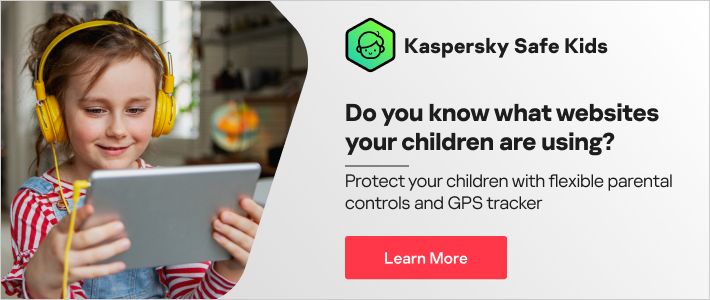
YouTube has announced new measures aimed at curbing the negative effects of algorithm-driven content on young users, a move prompted by growing concerns over how prolonged exposure to certain videos can impact their well-being. The platform’s updated approach includes expanded parental controls designed to give guardians more visibility and authority over what their children watch.
The changes, introduced in response to a surge in parental feedback and academic research highlighting potential risks associated with extended content consumption, will allow parents to better monitor their children’s viewing habits. These new tools will enable guardians to set time limits, review viewing history, and block specific types of content that may not align with family values or educational goals.
According to YouTube, the update aims to address concerns that repetitive exposure to certain types of videos can lead to the reinforcement of harmful stereotypes or inappropriate behavior patterns. Studies have shown that algorithmically recommended content can sometimes lead users down “rabbit holes,” where they are repeatedly exposed to increasingly extreme or controversial material. By giving parents more control and transparency, YouTube hopes to mitigate these risks.
The platform’s approach includes several key features: a new dashboard for parents to oversee content consumption, customizable filters to restrict access to specific types of videos, and detailed reports on viewing patterns. These tools are designed to provide a more comprehensive view of what children are watching and how long they are spending on the platform.
This move is part of a broader trend among social media platforms and tech companies, which are increasingly focusing on user well-being and content moderation. YouTube’s commitment to enhancing parental controls reflects a growing recognition of the need to balance user engagement with responsible content management.
Experts have praised YouTube’s initiative as a step in the right direction but emphasize that technology alone cannot fully resolve the complexities of digital content consumption. Critics argue that while these measures can help manage exposure, they do not address underlying issues such as algorithmic bias or the challenge of curating content for diverse audiences.
The development comes as part of YouTube’s ongoing efforts to improve its platform’s safety features. Earlier this year, the company updated its policies on harmful content and implemented new tools for content creators to better understand and comply with these guidelines. The platform’s approach to parental controls is expected to be integrated with these existing measures, creating a more robust framework for managing digital interactions.
In addition to the new parental controls, YouTube has also launched an educational campaign aimed at raising awareness about digital literacy and safe online practices. This initiative is designed to complement the new features and empower both parents and children to make informed decisions about their online activity.




